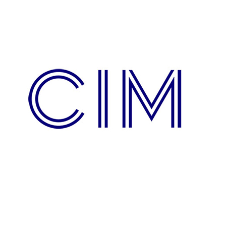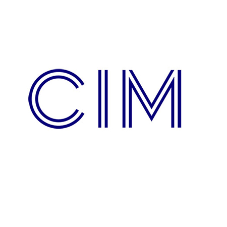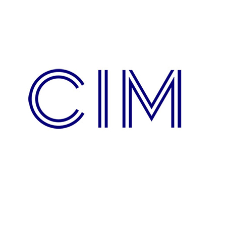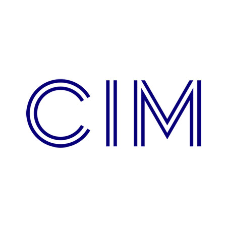Guest post provided by Chris Ashworth
You could be forgiven for thinking that products are either specified by the architect or the engineer, but there is quite an overlap where both professions could be involved. Any products specified by architects which also perform a structural, acoustic, thermal, fire, sanitation or illumination role will have been reviewed by an engineer. Similarly, if it requires an electrical current or has a significant weight to support an engineer will have considered its installation.
This means the engineer is a significant influencer for many products. But be aware that unlike “Architect” the term “Engineer” is not protected. This means that someone does not have to complete a degree or get professional certification to call themselves an Engineer. Consequently many installers use the term, for example, Heating Engineer.
How does the Engineer influence product selection?
It is important for the manufacturer to be aware of how an engineer will influence the selection of their products. That also means understanding what type of engineer will be involved as there are a number of specialisms. These can be grouped into four broad categories based on the professional institutes; Civil Engineers, Structural Engineers, Electrical Engineers and Building Services Engineers. But within these categories there are many specialisms. The last statistics published by ONS recorded more than 10,000 engineering practices in the UK. Many of these are multi-disciplinary.
In the last league table, published by “Building” in September 2016, the top engineering practice was Atkins, employing 3,555 chartered engineers, the next in the listing is Mott Macdonald with 2,007 chartered engineers. By the 10th ranking the number employed has fallen to 330 and there are many SME practices.
So part of the specification strategy for the manufacturer is to understand which types of engineers will evaluate your products and why. Then make sure there is sufficient information available.
As with so many other decision makers, CPD seminars are an important influence. Each of the institutes adopts a slightly different approach to CPD, which you need to understand. But assuming the content is relevant, material developed for architects with RIBA CPD approval can still be used. However, be aware that the engineer has a different personality to the architect – less visual and more numerate. So to be really effective the content needs to be presented differently, perhaps with different information. Images are less important unless they are explaining how something might be used and justify all of your performance claims with supporting facts such as test reports.
The engineer will start to be involved with a project at Stage 2, Concept Design as part of the team developing strategies. These might include sustainability, acoustic performance and fire. At this stage no products are named, but the broad performance criteria is stated. Then at Stage 3, Developed Design and Stage 4, Technical Design there will be involvement in specifications.
Unlike Architects, Engineers often prefer to work with performance specifications, generally feeling that they can specify the key criteria they require while giving the sub-contractor the flexibility to switch specs. But they will use a brand or nominated specification if they consider it justified. Very often they have to sign-off the sub-contractor’s installation, carrying the responsibility for any failure. So they are vigilant about product selections.
So make it easy to specify by providing both performance and nominated specifications along with BIM content available for download from your website. And supported this with key technical data including test reports.
Competitive Advantage have developed an M&E Engineer Persona which is available for you to purchase and download.
Further Information
Promoting your company and building products with Barbour Product Search can help to increase your visibility to the full specification audience. Email editor@barbourproductsearch.info for more information.
Sign up to the Competitive Advantage newsletter for an overview of construction market activity as well as construction sales and marketing advice.
Chris is a specialist in specification strategy and founder of Competitive Advantage Consultancy which specialises in market research and training for the construction industry. He is a member of the BIM4M2 steering group and Deputy Chair of the organising committee for CIMCIG, the Chartered Institute of Marketing’s Construction Industry Group.
Related Blog Articles



![Communicating with specifiers & developing a personalised persona [EVENT] Communicating with specifiers & developing a personalised persona [EVENT]](/20/blogentry/00/04/48/th382.png)







![A strategy for communicating with specifiers [EVENT] A strategy for communicating with specifiers [EVENT]](/20/blogentry/00/03/82/th382.png)